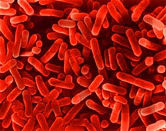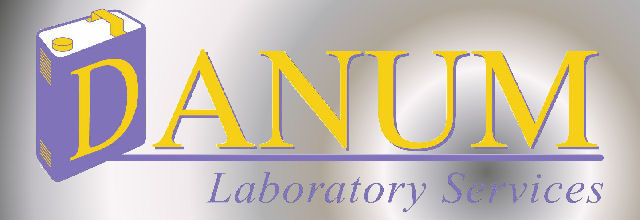
Monitoring for Legionella
In addition to the routine sampling for aerobic bacteria, the routine monitoring scheme should also include periodic sampling for the presence of Legionella bacteria. This should be undertaken at least quarterly, unless sampling is necessary for other reasons, such as to help identify possible sources of the bacteria during outbreaks of Legionnaires' disease. More frequent sampling should be carried out when commissioning a system and establishing a treatment programme. Sampling should be carried out, on a monthly basis, until it can be shown that the system is under control. If a Legionella-positive sample is found as a result of routine sampling, more frequent samples may be required as part of the review of the system/risk assessment, to help establish when the system is back under control. The sampling method should be in accordance with ISO 11731:19988 and the biocide neutralised where possible. Samples should be taken as near to the heat source as possible. They should be tested by a UKAS accredited laboratory that takes part in the Public Health Laboratory Service Water Microbiology External Quality Assessment Scheme for the isolation of legionella from water. The laboratory should also apply a minimum theoretical mathematical detection limit of less than, or equal to, 100 Legionella bacteria per litre of sample.
Legionella bacteria are commonly found in almost all natural water sources, so sampling of water systems and services may often yield positive results and the interpretation of any results of sampling should be carried out by experienced microbiologists. Failure to detect Legionella bacteria should not lead to the relaxation of control measures and monitoring. Neither should monitoring for the presence of legionella bacteria in a cooling system be used as a substitute in any way for vigilance with control strategies and those measures identified in the risk assessment.
Cleaning and disinfection
The ACOP says the risk from exposure to Legionella should be prevented or controlled; precautions include maintaining the cleanliness of the system and the water in it. The following section on cleaning and disinfection offers guidance on how to do this in cooling systems.
The maintenance of an effective biocide regime will provide a hostile environment for microbial life (including Legionella) and minimise biofouling. However, the use of biocides should not be considered in isolation but as part of the overall water treatment programme including the manual and chemical cleaning and disinfection of open cooling systems, and in particular the cooling tower.
Many cooling systems operate on a continuous basis where process conditions preclude total system shutdown except infrequently. Other measures, such as side-stream filtration, more frequent microbiological monitoring, continuous biocide addition etc, which are reasonably practicable, should be applied and monitored carefully.
Disinfection, cleaning and manual desludging of cooling towers should be undertaken at least twice a year, but more frequent cleaning may be necessary depending on local environmental conditions such as dirty atmospheres and the conclusions reached in the risk assessment. Cooling systems that have a short operating period may only need to be cleaned at the beginning and end of that period. If on inspection the system shows signs of a significant build-up of deposits or slime, then disinfection and cleaning should be carried out. The use of chlorine or other oxidising biocides to disinfect the tower is an effective approach, provided they are used correctly.
|
|

